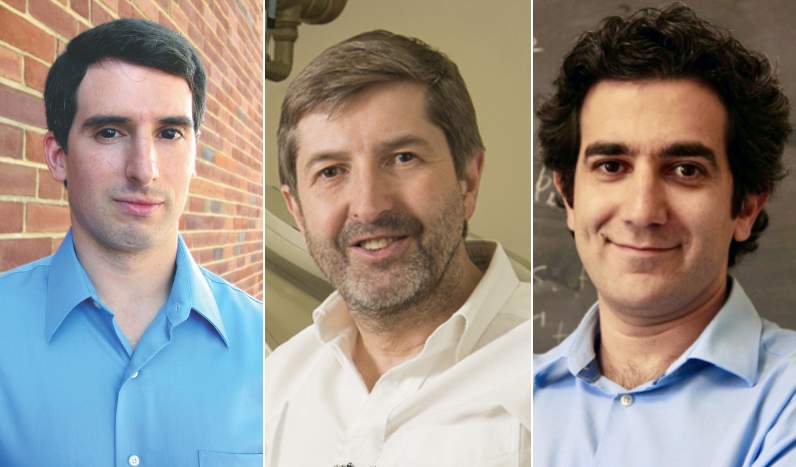UMD joins NSF-funded revolutionary $25M center for optoelectronic, quantum technologies
On September 9, the National Science Foundation announced that it will fund a new endeavor to bring atomic-level precision to the devices and technologies that underpin much of modern life, and will transform fields like information technology in the decades to come. The five-year, $25 million Science and Technology Center grant will fund the Center for Integration of Modern Optoelectronic Materials on Demand — or IMOD — a collaboration of scientists and engineers at 11 universities, including the University of Maryland (UMD), and led by the University of Washington. UMD faculty involved with IMOD include Edo Waks, professor of electrical and computer engineering (ECE) and physics, and Quantum Technology Center (QTC) associate director; Ronald Walsworth, professor of ECE and physics, and founding director of QTC; and Mohammad Hafezi, professor of ECE and physics, and fellow of QTC. “Our work will develop new classes of colloidal materials that can generate quantum light with unprecedented efficiency, and enable strong photon-photon interactions,” says Waks, who serves as UMD’s lead investigator. “These are the key building blocks for photonics-based quantum information processing.” “As a key part of IMOD, QTC researchers will lead efforts to establish a new class of quantum materials that combine pristine optical properties and long qubit coherence times,” says Walsworth. “The goal is to realize high-impact platforms for quantum networking and sensing.” IMOD research will center on new semiconductor materials and scalable manufacturing processes for new optoelectronic devices for applications ranging from displays and sensors to a technological revolution, under development today, that’s based on harnessing the principles of quantum mechanics. “In the early days of electronics, a computer would fill an entire room. Now we all carry around smartphones that are millions of times more powerful in our pockets,” said IMOD director David Ginger, the Alvin L. and Verla R. Kwiram Endowed Professor of Chemistry at the UW, chief scientist at the UW Clean Energy Institute and co-director of NW IMPACT. “Today, we see an opportunity for advances in materials and scalable manufacturing to do the same thing for optoelectronics: Can we take a quantum optics experiment that fills an entire room, and fit thousands — or even millions — of them on a chip, enabling a new revolution? Along the way we anticipate IMOD’s science will help with a few more familiar challenges, like improving the display of the cell phone you already have in your pocket so the battery lasts longer.” Optoelectronics is a field that enables much of modern information technology, clean energy, sensing and security. Optoelectronic devices are driven by the interaction of light with electronic materials, typically semiconductors. Devices based on optoelectronics include light-emitting diodes, semiconductor lasers, image sensors and the building blocks of quantum communication and computing technologies such as single-photon sources. Their applications today include sensors, displays and data transmission, and optoelectronics is poised to play a critical role in the development of quantum information systems. “IMOD could pave the way towards quantum devices that are each to process and process, potentially making quantum technology available to a much broader user base,” says Waks. “It will also engage students from chemistry, physics, and electrical engineering who will form the future quantum workforce.” A partial list of IMOD’s external partners includes companies such as Amazon, Applied Materials, Corning, Microsoft, Nanosys and FOM Technologies, Inc.; government organizations like the National Renewable Energy Laboratory, the Pacific Northwest National Laboratory and the Washington State Department of Commerce. The 11 academic institutions that make up IMOD are the University of Washington; the University of Maryland, College Park; the University of Pennsylvania; Lehigh University; Columbia University; Georgia Institute of Technology; Northwestern University; the City College of New York; the University of Chicago; University of Colorado at Boulder; and the University of Maryland, Baltimore County. Original story by James Urton, University of Washington.
Related Articles: September 10, 2021 Prev Next |


